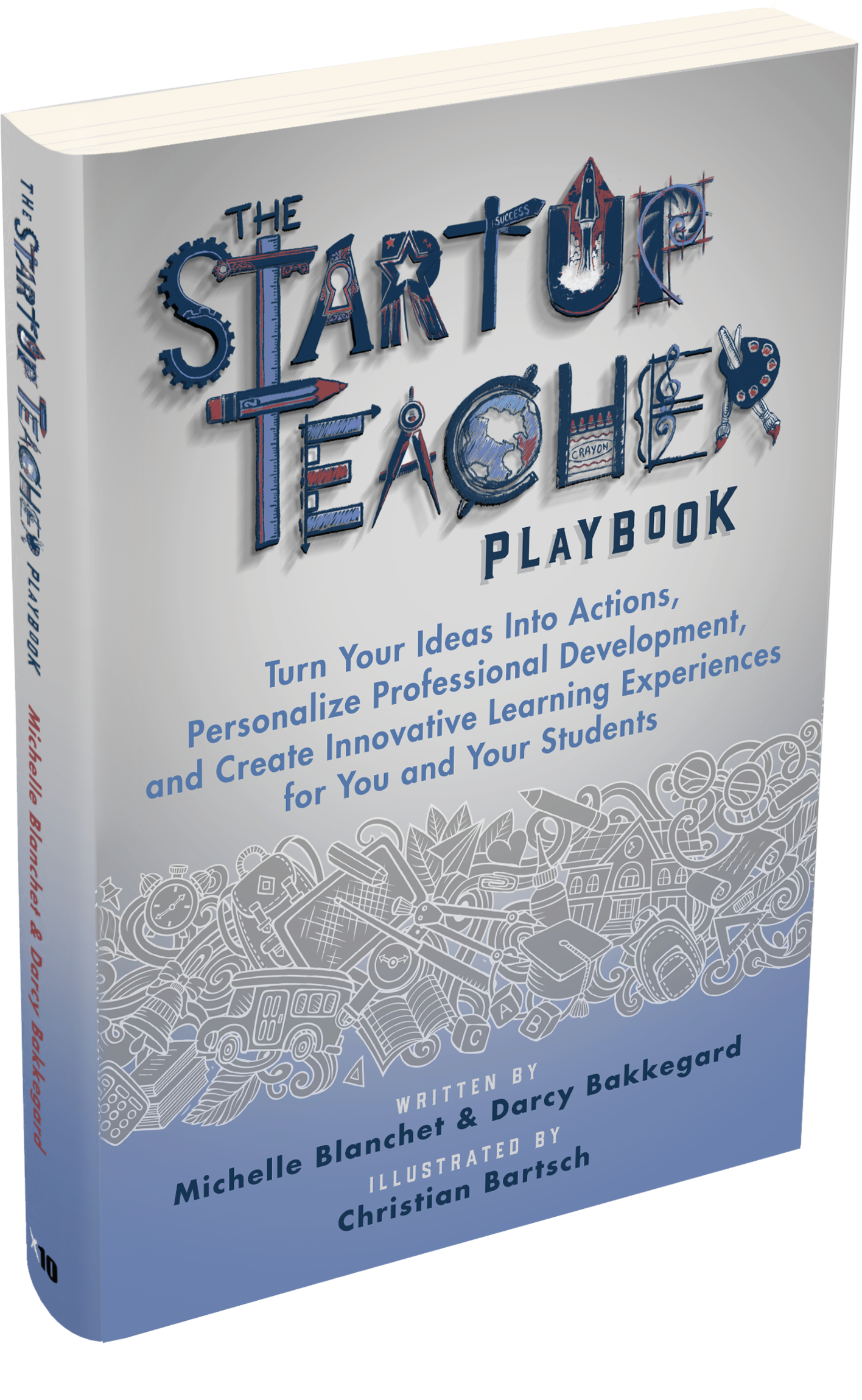Radical Professional Development for Cultural Change
Jul 14, 2025
Opinion
By Darcy Bakkegard
No doubt you’ve seen the headlines: record highs of the number of teachers leaving the profession, record lows in job satisfaction, and sky-high stress. As COVID fades (fingers crossed), the effects on teaching and learning keep stacking up.
Administrators at all levels can seize on this opportunity to shift school culture, empower teachers, and help reinvigorate their staff. How? By radically redirecting professional development.
Informed from my decade on the receiving end of PD and formulated from my five years delivering it, the following is a place to start.
Avoid new district mandates for at least three years.
- Teachers may choose to work on something—testing a new curriculum or model as part of their own PD journey—but nothing should be mandated.
- Right away, maintain that students are what matters most and that the best people to serve students are the ones in direct contact with them.
- Assert the expertise of teachers. Yes, they have gaps in their knowledge and innovation changes things—but treat them as professionals, call on them as such, and empower them to solve the challenges they see impacting teaching and learning.
Differentiate support for different needs/career phases.
- Identify a problem, lay out a plan, design a solution, and then test it.
- Share findings with staff, the school board, and at conferences.
- Virtual options make expensive conferences reasonable.
- Maximize conferences by encouraging teachers to attend with colleagues and provide debriefing time.
- Provide targeted training for teachers in their first to third years.
- PBL your PD: perhaps for all or just for those who choose this track.
- Give PD time/credit for those who present at conferences and bring that learning to the whole team.
- Provide PD time for those completing higher degrees or create a degree cohort as a PD option. Inservice days can, in part, be devoted to their coursework.
- Choices choices choices!
In-house PD only for one year.
- Rather than bringing outsiders in (although there is value in that!), take that money and spend it on your staff to develop their talent, investigate their interests, and grow their skills.
- ALL teachers should share at least a five-minute show and tell of something they or their students love: a tool, resource, activity, or project.
- You can prescreen and select teachers for longer presentations.
- If someone does a degree path/cohort or attends a conference require a presentation about their new learning to the staff—a takeaway from presenting to other educators or info from other sessions.
Provide time and structure to focus on PD implementation.
How much PD, training, reading, and inspiration actually makes it to the classroom? It's one thing to see it, hear it, and get excited about it; it's another thing to turn that innovation into action.
Dedicate time to problem-solving and collaboration (send all that meeting info via a Loom video, a Voxer chat, or a Flipgrid thread). It may take some time for people to shift their staff meeting expectations from LISTENING to DOING. (Hence the three-year plan.) However, once you create that culture, you'll love having more purpose and focus.
Provide a clear structure. After conducting dozens of workshops with teachers, Michelle Blanchet and I created the Educator Canvas, a one-page tool to help teachers organize their ideas, see what might limit success, and create an action plan.






